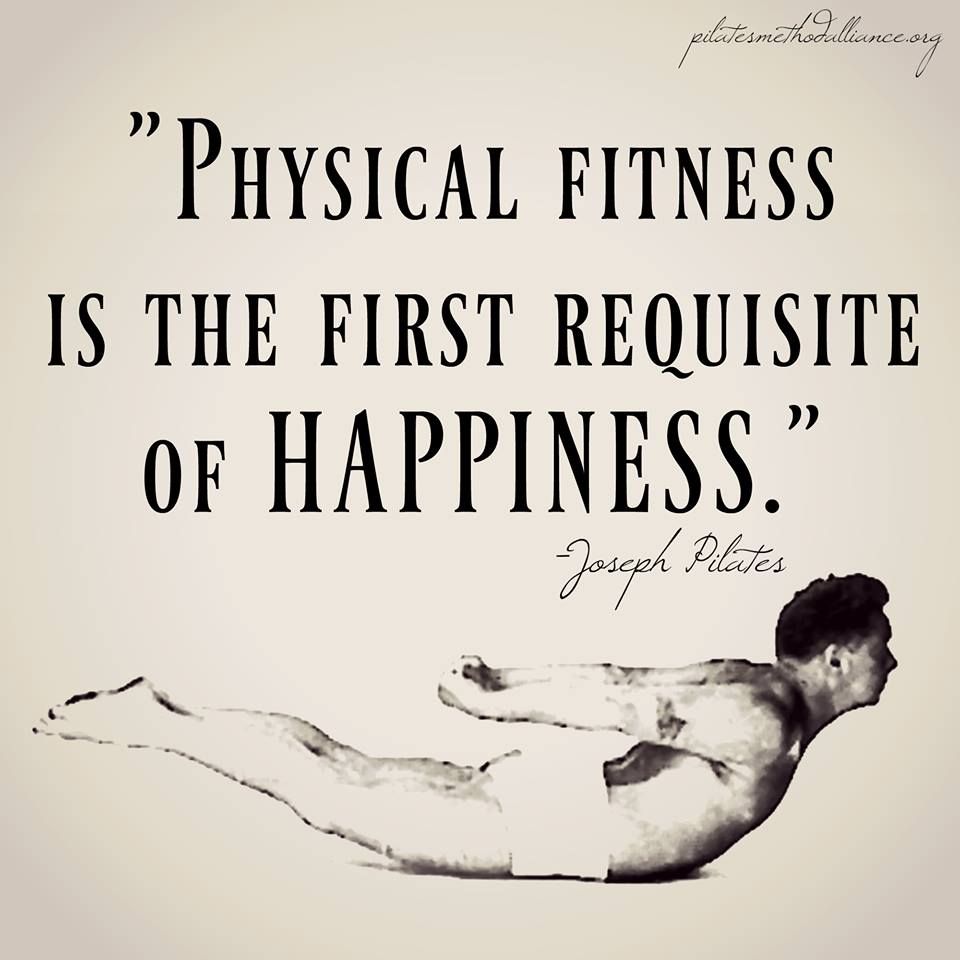As we continue to live within the realities of COVID-19, some of us have needed to change the way we exercise. From joining online zoom classes, to building in more strength or mobility work – these are some of the positive changes “life at home” has brought with it. In possibly needing to slow down the cardio front of things (if you still remember not being allowed to exercise outside of your home, to limited outdoor hours…) this has given many of us a chance to move in a way we may not have been exposed to before, or placed less emphasis on previously. This also makes me think of the numerous parents we treat who need a break from home schooling and entertaining children but can’t quite escape for a run up the mountain or are too tired to head out on a cycle. So – enter stretching, rehab exercises and Pilates.
From some of the patients we have chatted to, Pilates seems like a daunting exercise to start. Some of the responses to joining Pilates are:
- “I’m not that supple, I wouldn’t manage a whole class”
- “I’ve never been able to touch my toes, not too sure I’d manage this”
- “My wife does that, that’s her thing”
- “I used to do classes but my neck got sore”
- “I could never do what the guy next to me could do”
- “I’m just not a fan of the whole breathing with each movement thing; I spent more time trying to listen for the breathing cues that I struggled to get the exercises; it was all a bit much”
Pilates and movement-based rehab doesn’t need to feel like this. Everyone needs to move and if you’ve read about the topic of movement lately you may have encountered the phrase “motion is lotion.” We need to breathe and we need to move – why not combine the two and get a workout in?
To put your mind at ease, let’s discuss what joining a class or signing up for a one-on-one session entails at Tamsin Hodgson Physiotherapy. Typically, we meet you individually and face-to-face (we are still offering this via the online Zoom platform if you’re hesitant to come into the studio) and we go through the fundamentals of what Pilates is, the benefits to this type of movement as well as why we place emphasis on certain body parts/muscle groups during certain movements.
More importantly – you get to connect into what needs most attention for you.
This is helped by us guiding you through the basic postures and exercises and making you aware of how one part of your body may want to do more of the work. Sometimes one side of the body does the majority of the work. The point isn’t for you or us to criticize what should or shouldn’t be moving but rather to empower you to see how you could move differently (if needed). One of the great perks to having a Physiotherapist who is also accredited with Pilates knowledge, is that we combine our assessments for any pain, discomfort or previous injuries you’ve had with the Pilates assessment. This allows us to fine tune the way you’ll be able to place emphasis on movement. It also makes joining a bigger group, when you’re ready, far less daunting as you’ll be equipped with what is best for you and your body. You don’t need to worry about doing the modification to an exercise, or straining your neck, or pushing your body into positions it doesn’t feel safe in.
If this is something you think is for you – please reach out to us. One of our Physiotherapists would be happy to answer your questions if you have an uncertainty. Or if you’re keen to give this a try, book an appointment and come in your gym kit and exercise mask.
Warning: you may feel muscles working that you didn’t even know existed before, but who wouldn’t be interested in that?


